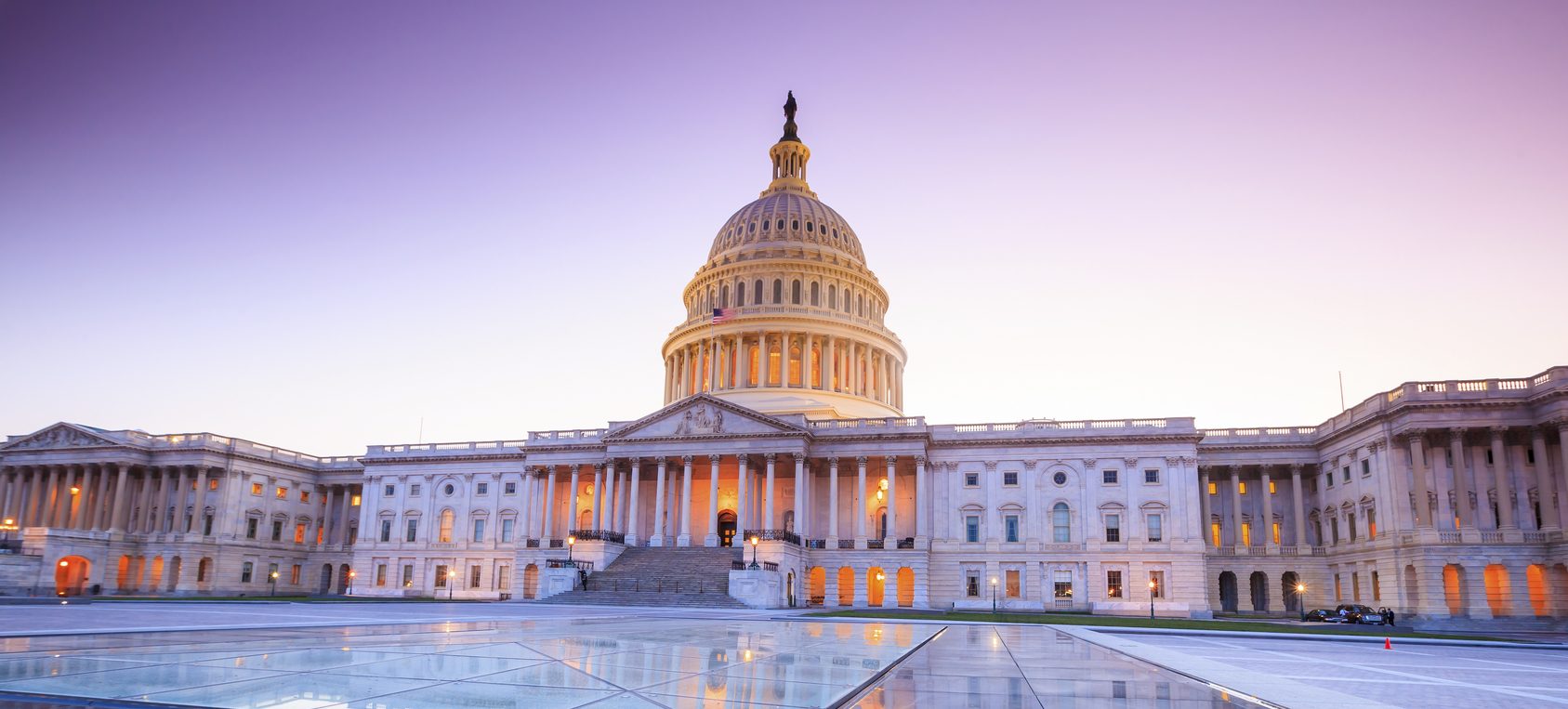![]()
As another year draws to a close, so too does my time as a featured blogger on GovLoop. I have found this experience to be incredibly rewarding – personally and professionally. I have connected with so many of you through these weekly posts and have benefited tremendously from your insights, perspectives, and passion. Thank you all for your generosity and thanks to the editors of GovLoop for providing an amazing platform for collaboration.
And on that note, I wanted to share with you some areas that I see as green fields for government technology in 2017. If 2016 taught us anything, it is that technology enables communication between government and the people it serves in such a powerful way. From elections and campaigning, to traditional government services, technology is changing the way government operates. Here are a few trends that get me excited about the year to come:
- Crowdsourcing Government through the IoT: The Internet of Things –we have been talking about it for years now, but “sensors” have evolved rapidly from the smart toasters of a few years ago to the mass proliferation of citizens as sensors. The advancement of user-friendly applications and the ubiquity of smart phones have enabled a new type of digital government: crowdsourcing. Citizens are able to share information with their government directly on issues impacting their daily lives – think traffic, potholes, missed trash pick-up, etc. – and government is able to use the crowd to authenticate the information. In October, we announced a partnership with Waze that allows for this give and take of information around road conditions, but really – the sky is the limit. The powerful combination of the IoT and crowdsourcing will be transformative in 2017.
- Evolution of the Internet of Things: One other note on the IoT: I know there are many of you who might be saying, “This isn’t new, the Feds have been using sensors for years.” And you’re right – but what is interesting here is the process. At the end of the day, it’s taking the new data and connected devices and implementing ways to make it easier to discern information faster. How will this happen? Well, IoT encompasses smart sensors, devices, and the real-time internal processes that control them. Taking the massive amounts of sensor data and visualizing and analyzing patterns and trends helps agencies identify opportunities to make things better – this leads to forecasts and predictive analytics. Ultimately, this lands us at actuation, where understanding patterns and trends help shape predictions and smart devices and sensors are actuated accordingly. This is exciting stuff, folks, and 2017 looks to be the year that all these moving pieces really start coming together.
- Innovating with Open Data: If there is one thing government agencies of all shapes and sizes have a lot of, it’s data. But the data by itself isn’t impactful – the impact comes from the insights you can derive from that data and the actions those insights can inform. This year has been one of tremendous growth in the sharing of open data, and some extremely impactful initiatives were born: Data Driven Justice; Precision Medicine; the Opportunity Project to name just a few. But the path from data dump to data-driven hasn’t always been smooth. Governments – Federal, state, and local – are still working through the kinks and finding the open data systems that work best for them and the constituents they serve. I believe those growing pains from 2016 will empower a period of immense innovation in 2017, all powered by data in the hands of the people. Very exciting!
- Big Data + Insights Driving Collaboration: It stands to reason, that as agencies move more towards deriving insights from their data, opportunities for collaboration will increase. As everyone knows, the strength of data is in the details, and as agencies unlock more context around the data they collect, natural synergies will begin to emerge. One of the most exciting paths to big data is machine learning – a type of artificial intelligence where computer programs teach themselves to adjust when presented with new data. For government agencies, machine learning can help increase operational efficiencies and stretch budget dollars by conducting analysis of data, identifying patterns and anomalies, and using those insights to shape predictions. Breaking out of government’s longstanding habit of hoarding information in silos has been a real achievement of the past year, and the insights gleaned from big data provide impactful fodder for inter-agency collaborations. I am looking forward to seeing further collaboration in 2017.
- COTS and Smart Integrations: While government agencies have been encouraged to look to Commercial Off-the-Shelf solutions for some time, FITARA’s implementation has certainly brought that mandate into focus. COTS makes great sense for Federal technology needs, and certainly provides much better long-term potential than a costly custom solution. Smart integrations have made COTS an even more attractive option, with technology providers rapidly integrating with products and solutions that meet their customers’ needs and desire for a seamless user experience. 2016 seemed to be the tipping point for this movement, with announcements of new integrations almost daily. I view next year as being the year that smart integrations really take off.
One thing is certain: 2017 looks like it will be a year to remember with many big changes in store for the Federal government. Technology has a huge role to play in the upcoming twelve months, and I for one, am eager to see where it takes us. Happy New Year, everyone!
Jeff Peters is part of the GovLoop Featured Blogger program, where we feature blog posts by government voices from all across the country (and world!). To see more Featured Blogger posts, click here.





Leave a Reply
You must be logged in to post a comment.